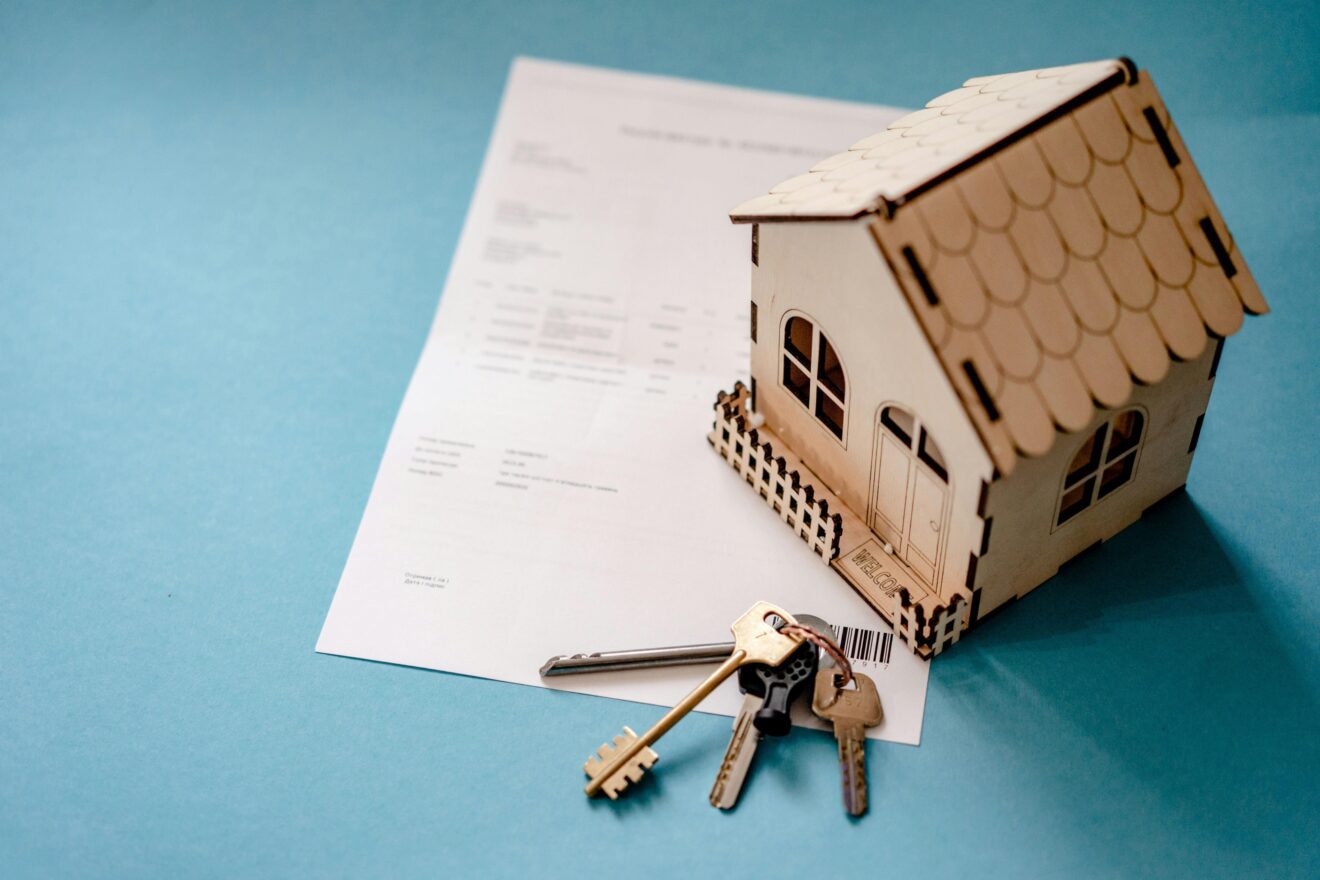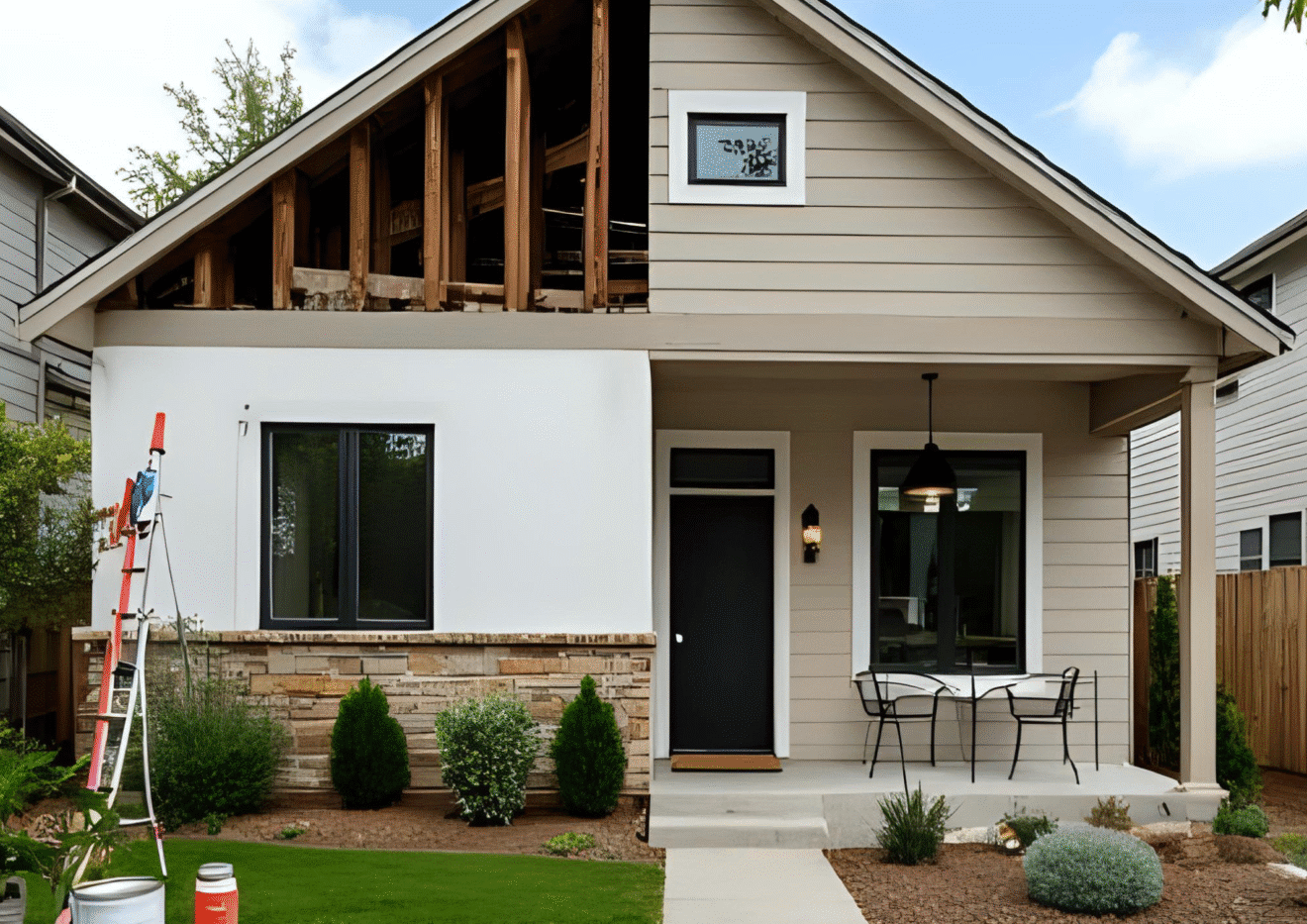Downsizing isn’t just about moving into a smaller home — it’s about creating a smoother, more intentional lifestyle for the next chapter of life. Whether you’re a retiree, an empty nester, or simply looking to simplify, the Greater Toronto Area (GTA) offers countless opportunities and challenges. With smart strategies, you can make this transition stress free, save money, and open doors to new possibilities.
1. Start Planning Early
Downsizing works best when you start early and give yourself time. Start planning months — even a year — in advance. A clear plan means fewer surprises, less stress, and more control over your next move.
2. Define Your Next Chapter
Think about your lifestyle goals. Do you want to travel more? Free up equity for retirement? Spend less on property taxes? Clarify what this downsizing journey means for your daily life.
3. Evaluate Your Current Home
Take a fresh look at your entire house. As part of your evaluation, consider whether your current home is becoming too difficult or costly to maintain. Which rooms do you actually use? Which spaces are filled with furniture or belongings that don’t add value to your life? This evaluation sets the stage for your next move.
4. Decide What Space You Really Need
Square footage doesn’t equal happiness. Instead of focusing on a larger home, think about how a smaller home can improve your lifestyle and cut down on maintenance and expenses.
5. Understanding Housing Options
When it comes to downsizing, understanding your housing options is key to finding the right fit for your next chapter. The GTA offers a variety of choices, from modern condos and cozy townhouses to smaller single-family homes. Each option comes with its own set of maintenance costs, property taxes, and, in the case of condos, monthly condo fees. For example, condos often mean less time spent on home maintenance, but you’ll want to factor in those condo fees when setting your budget. Townhouses can offer a balance between private space and shared amenities, while smaller detached homes may provide more independence but could come with higher maintenance responsibilities.
Before making a decision, it’s wise to conduct a comparative market analysis to see how different properties stack up in terms of value, costs, and resale potential. Don’t forget to consider bridge financing if you need extra time between selling your current home and moving into your new space. Professional staging can help your current property stand out to buyers, while real estate lawyers ensure every step of the transaction is handled smoothly and legally. Finally, review your home insurance needs for your new property type, as coverage and costs can vary. By carefully weighing these housing options, you’ll be better equipped to choose a new space that matches your lifestyle, family needs, and budget.
6. Evaluating Downsizing Options
Evaluating your downsizing options starts with a clear plan and an honest look at your current and future needs. Think about how much living space you truly require, especially if mobility issues or changing health needs are a consideration. Assess your entire house to identify which rooms and storage areas you actually use, and which could be let go in your next home. Downsizing tips from real estate experts can help you prioritize what matters most, from must-have features to nice-to-have extras.
As you explore different housing options—whether it’s a condo, townhouse, or a smaller home—consider how each will support your lifestyle and budget. If you need extra funds, selling unused items on Facebook Marketplace or through local sales can help declutter your current home and boost your moving budget. Don’t hesitate to seek more support from professionals, such as real estate agents and downsizing specialists, who can guide you through the process and help you make informed decisions. Involve family members in discussions about sentimental items and the logistics of downsizing the entire house, ensuring everyone feels included and the transition is stress free. With a thoughtful approach and the right resources, you’ll be ready to embrace your new space and enjoy the next chapter with confidence.
5. Create a Floor Plan for Your New Space
A floor plan is a powerful tool. It helps you decide which furniture, storage areas, and sentimental items will fit in your new space — and which ones to let go.
6. Prioritize Sentimental Items
It’s natural to hold on to belongings tied to family, history, and memories. Keep a select few that truly matter, and consider passing others to loved ones now.
7. Sort One Room at a Time
Downsizing an entire house feels overwhelming. Break it down into one room at a time. It’s a simple, stress free way to make progress without burnout.
8. Explore Facebook Marketplace and Donation Options
Not everything has to be sold through a garage sale. Platforms like Facebook Marketplace, consignment shops, and local charities can help you rehome items quickly.
Many city-run donation centers and waste pickup services in Toronto are also available to help with rehoming or disposing of items during downsizing.
9. Budget for Moving Day
From movers to packing supplies, costs add up fast. Plan a moving day budget in advance to save money and avoid financial stress.
10. Consider Professional Staging
If you’re selling your current home, professional staging can make a huge difference. A staged home highlights its best features and attracts many buyers, often leading to bidding wars.
11. Factor in Property Taxes
Downsizing often reduces your property taxes significantly. Compare your current home’s costs with your potential smaller home to see how much you’ll save annually.
12. Explore Bridge Financing
If timing the sale and purchase feels tricky, bridge financing can help you cover the gap, making the transition smooth.
13. Work with Real Estate Lawyers
Having experienced real estate lawyers on your side ensures the sale, purchase, and contracts are legally sound. They’re essential for a stress free process.
14. Think About Future Needs
A smaller home today should also fit tomorrow. Consider future needs such as accessibility, proximity to healthcare, or low-maintenance features.
15. Get Expert Tips from Realtors
Savvy investors and downsizers alike rely on expert tips from local real estate professionals. A good realtor knows which GTA neighborhoods are best for downsizing and resale value.
16. Helping Seniors Downsize with Care
Downsizing tips for seniors go beyond logistics. It’s about making sure the process respects their life, memories, and comfort during the transition.
17. Consider Renting Before Buying
Not sure what kind of smaller space suits you best? You can rent for six months to test a condo, bungalow, or townhome before committing.
18. Use Storage for Overflow Items
Not everything has to be decided right away. Renting a small storage unit allows flexibility while you adjust to your new home.
Choose storage solutions that make sense for seasonal or infrequently used items to maintain organization and efficiency.
19. Downsizing is About More Than Space
This isn’t just about square footage — it’s about freeing time, money, and energy for what matters most in life.
20. Reimagine Your Daily Life
Downsizing means designing a new lifestyle. Think about how your new space supports hobbies, family gatherings, or travel plans.
21. Think Beyond the Sale
The equity from selling a larger home can be invested into retirement savings, a dream trip, or even a future investment property.
It can also be wise to invest in multifunctional furniture that maximizes utility and comfort in a smaller space.
22. Don’t Forget Maintenance Savings
Less lawn care, fewer repairs, and reduced home maintenance — a smaller space often saves both money and time.
23. Involve the Family
Family discussions can make this transition smoother. Whether it’s dividing sentimental items or planning moving day, keep everyone in the loop.
24. Celebrate the Next Move
This isn’t downsizing — it’s rightsizing. Celebrate the freedom and opportunities that come with your next move.
25. Keep a Clear Plan for the Future
Downsizing is a complete guide to living with intention. A clear plan ensures this move supports both today and tomorrow.
Conclusion
Downsizing in the GTA doesn’t have to feel overwhelming. With a clear plan, the right downsizing tips, and support from trusted professionals, you can turn a larger home into a smaller home that perfectly fits your lifestyle and future needs. Whether you’re helping seniors downsize, preparing for retirement, or simply seeking a stress free next chapter, these smart strategies will help you transition smoothly.
📞 416-498-3444 | 📧 jas@thebahiateam.com | 🌐 www.bahiarealtygroupinc.com
Related Blogs You May Like:
- The Best Time of Year to Sell Your Home in the GTA: Add the Spring Market Somewhere
- How to Spot a Good Deal in the GTA Housing Market






